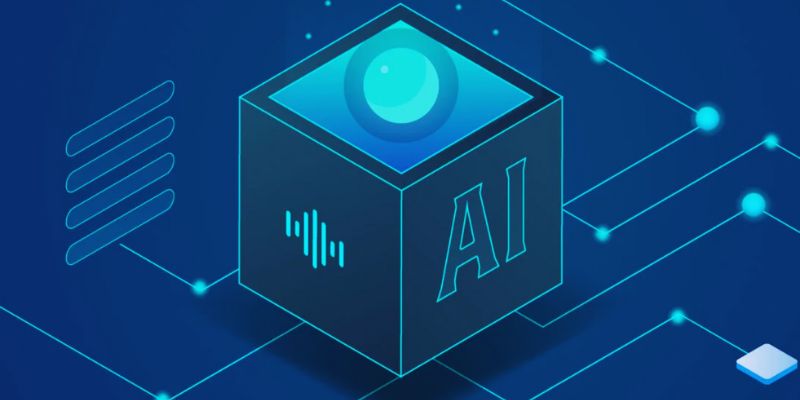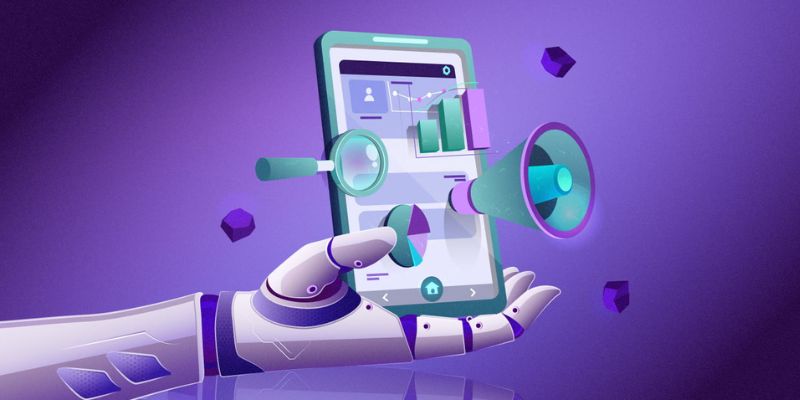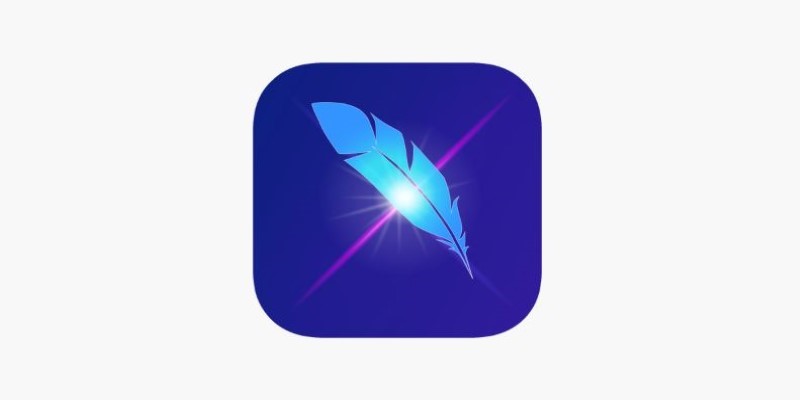Advertisement
Every day, security operation centers (SOCs) handle hundreds of notifications. Many of these warnings are low-priority or false positives. Analyzers soon become overwhelmed. Alert tiredness follows from this and is a major issue. People who are fatigued miss actual dangers. It creates hazards for the business overall. AI-driven SOC technology can help to resolve this problem. Artificial intelligence lets systems better filter alarms. They can underline what is truly important and help to lower the noise.
It lets experts concentrate on major risks. It saves time and increases security. In this case study, we examine how one organization addressed alert fatigue. We walk through their actions and tool utilization. You will find out how artificial intelligence changed their security practices. It is a real-life situation with instructive value.

Hundreds of alarms are handled daily by SOC teams from firewalls, intrusion detection systems, and other security tools. Though most alarms are false positives or low-priority alerts, analysts must review everyone personally. Constant alert flooding over time causes alert fatigue, in which analysts get overwhelmed and worn out. Thus, They might overlook or postpone reacting to alarms, increasing their chance of missing major hazards. It compromises the company's security posture and causes team members mental tension.
Burnout becomes rather widespread, which reduces output and increases staff turnover. Frustration and tiredness could cause companies to lose important analysts. The volume of warnings makes it difficult to pay attention to what is important. Organizations need solutions that lower alarm noise and prioritize real threats to solve this escalating problem. That is where AI-driven SOC technology shows great value in helping to filter warnings intelligibly and free analysts more time to concentrate on actual security occurrences.
In this scenario, the corporation is a sizable financial services company handling sensitive data and running across several nations. Comprising 15 full-time analysts, their SOC team worked nonstop. The SOC battled an excessive number of over 25,000 warnings per day before using artificial intelligence techniques. Surprisingly, just 1% of these alarms were actual dangers, yet each alert still had to be personally checked, which resulted in a notable waste of time. Investigations took too long; hence, the crew grew tired and stressed; numerous alarms were either missed or handled late.
Management noted declining performance and growing delays in reacting to possible security events. Understanding the increasing hazards, they resolved to address this by looking at artificial intelligence and automation tools. Their primary objectives were simple: lower false alarms, expedite inquiries, and increase SOC team response times and general effectiveness. The corporation sought to improve security procedures and relieve analyst tiredness.
The business chose a security technology backed by artificial intelligence known as ThreatVision AI. It included issue prioritizing, behavior analysis, and automated alert triage. The tool could also interact with their current systems.
The deployment consisted of three phases:

Four months of ThreatVision AI helped the business significantly enhance its SOC processes. The remarkable outcomes demonstrated how successfully artificial intelligence might reduce alert weariness.
The success of this example reveals that artificial intelligence in SOC operations is a long-term solution rather than only a trend. More businesses will use artificial intelligence to assist in controlling security issues as threats get more complicated. Future artificial intelligence systems will grow smarter and able to foretell risks before they materialize. Still, human analysts will be vital even with advanced technology. Though people offer critical thinking, judgment, and context to every scenario, artificial intelligence can manage the speed and massive amounts of data.
Combining both results in the greatest ones. This scenario shows how much artificial intelligence can improve general SOC performance and help lower alert fatigue. It guarantees no actual threats are missed, reduces stress, and lets teams react faster. Companies that use artificial intelligence sensibly will strengthen their defenses and keep ahead in today's rapidly changing danger scene. Artificial intelligence is not a replacement for qualified people; it is a great collaborator for SOC teams.
This case study shows how one business overcame alert fatigue with artificial intelligence-driven SOC technology. The AI tool raised morale by lowering false positives, screening low-risk warnings, and accelerating responses. Analyzers might concentrate on actual hazards without feeling overburdened. The crew had time for a more thorough investigation; no significant events were overlooked. Better security results followed from this harmony between computer efficiency and human judgment. More companies will gain from clever artificial intelligence capabilities as cyber hazards increase. This real-world example demonstrates how resilient and effective SOC teams can remain in today's complicated environment with appropriate technologies.
Advertisement

Know how AI-powered advertising enhances personalized ads, improving engagement, ROI, and user experience in the digital world

Curious about LPU vs. GPU? Learn the real differences between a Language Processing Unit and a GPU, including design, speed, power use, and how each performs in AI tasks

Curious about AI prompt engineering? Here are six online courses that actually teach you how to control, shape, and improve your prompts for better AI results

Learn how to create the perfect headshot using LightX Photo Editor. This step-by-step guide covers lighting, background edits, retouching, and exporting for a professional finish

Learn the 10 best AI podcasts to follow in 2025 and stay updated with the latest trends, innovations, and expert insights.

Wondering if third-party ChatGPT apps are safe? Learn about potential risks like data privacy issues, malicious software, and how to assess app security before use

Struggling with synth patches or FX chains? Learn how ChatGPT can guide your sound design process inside any DAW, from beginner to pro level

Think My AI is just a fun add-on? Here's why Snapchat’s chatbot quietly helps with daily planning, quick answers, creativity, and more—right inside your chat feed

Many organizations still lag in adopting AI due to reluctant leadership, fear of unexpected outcomes, and lack of expertise

Explore the various ways to access ChatGPT on your mobile, desktop, and through third-party integrations. Learn how to use this powerful tool no matter where you are or what device you’re using

Learn Bayes' Theorem and how it powers machine learning by updating predictions with conditional probability and data insights

Case study: How AI-driven SOC tech reduced alert fatigue, false positives, and response time while improving team performance